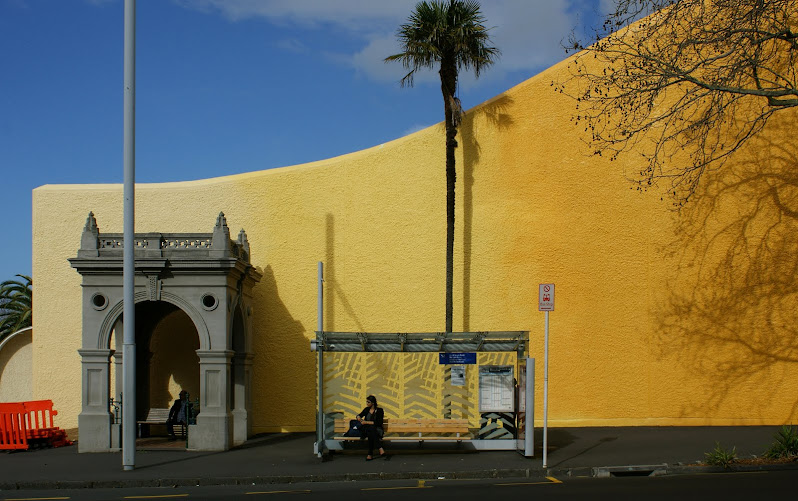 Recent tests in eastern Japan have found more than half of all seafood sold there is radioactive!
Recent tests in eastern Japan have found more than half of all seafood sold there is radioactive!Greenpeace analysed 60 seafood samples from Japanese grocery stores and supermarkets throughout eastern Japan, and found 34 were contaminated with radioactive cesium-134 and cesium-137, and some at levels up to 88 becquerels per kilogram (Bq/kg).
While the samples are well below the 500 Bq/kg limit set by the Nippon authorities, the contaminated seafood still represents a health risk, especially to pregnant women and children. It should be noted that this 500 Bq/kg radiation threshold is set extremely high – over three times the 150 Bq/kg limit imposed by the Ukraine govt after the Chernobyl disaster in 1986!! (A 1972 experiment with dogs showed a single dose of 140 Bq/kg was lethal within three weeks.)
 Because there's no mandatory labeling of food that's screened for radiation, the Japanese consumers have no idea if the food they're eating is safe. Greenpeace is urging the Japanese govt to work with the retail industry, to indicate whether food products have been tested for Fukushima radiation and, if they have, to label the results. It believes that doing so will not only help to improve consumer confidence in the food supply, but also boost the fishing industry. Of course, those selling contaminated food may not be so positively inclined towards mandatory labeling...
Because there's no mandatory labeling of food that's screened for radiation, the Japanese consumers have no idea if the food they're eating is safe. Greenpeace is urging the Japanese govt to work with the retail industry, to indicate whether food products have been tested for Fukushima radiation and, if they have, to label the results. It believes that doing so will not only help to improve consumer confidence in the food supply, but also boost the fishing industry. Of course, those selling contaminated food may not be so positively inclined towards mandatory labeling...It was also recently reported that radiation levels emitted from the Fukushima plant were actually twice as high as government estimates had originally assumed. And one of the radioactive elements found in much higher quantities was cesium-137, the same substance Greenpeace detected on seafood.




No comments:
Post a Comment